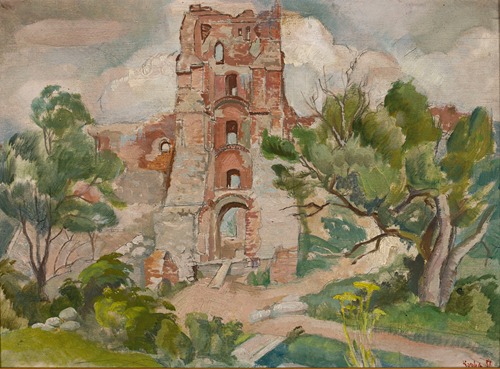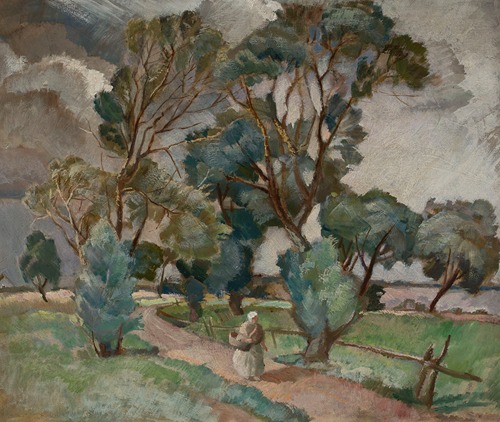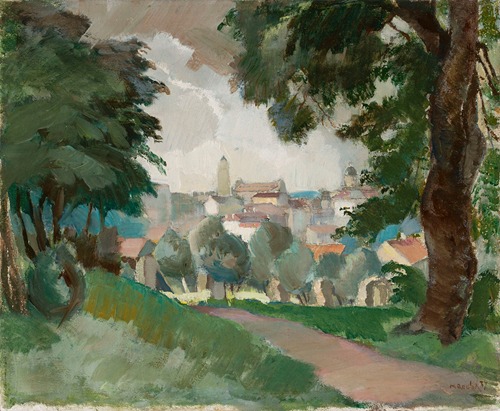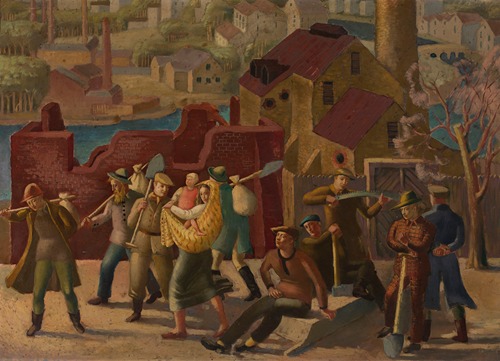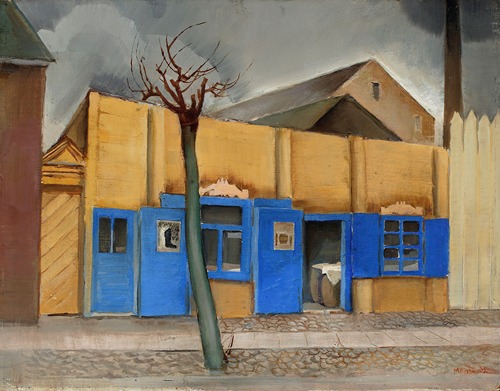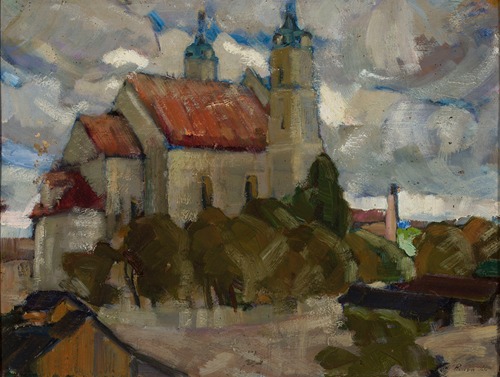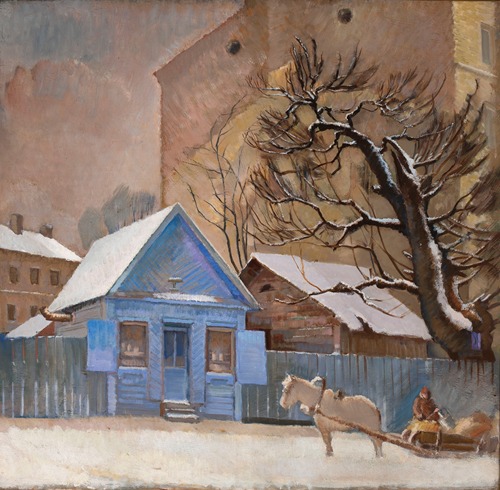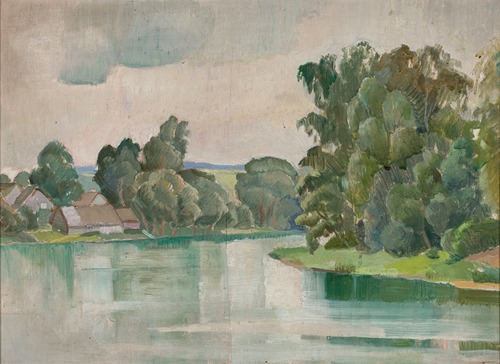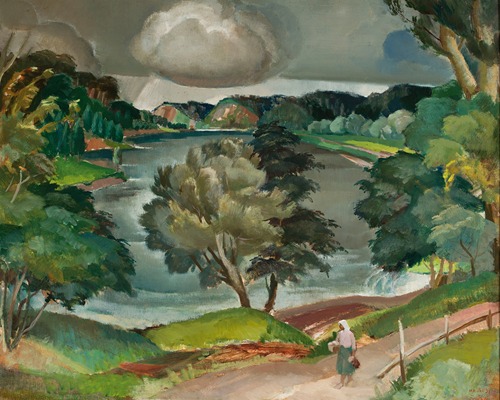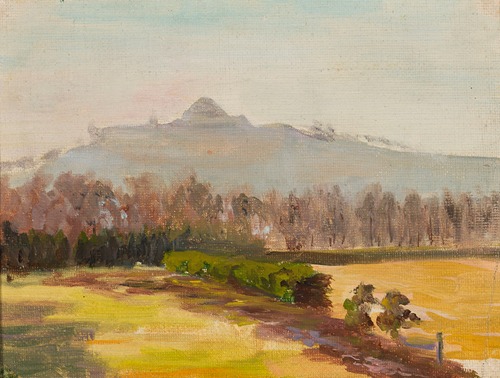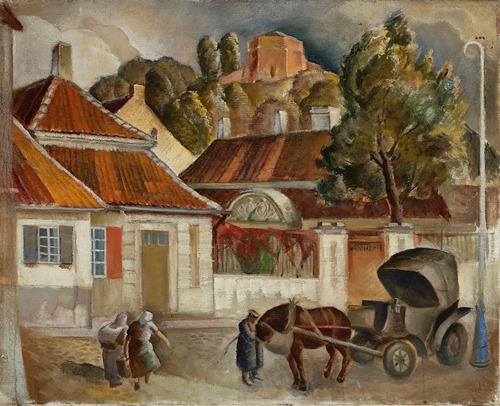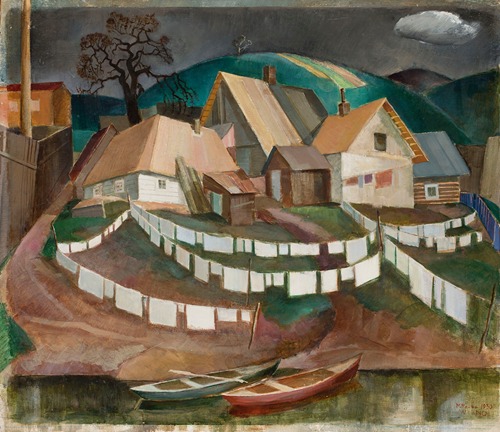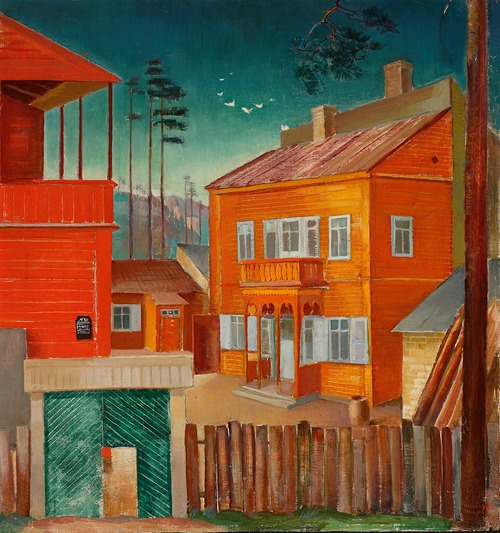

Michał Rouba was a Polish painter.
He was born to Napoleon Rouba, a Vilnius journalist and local historian, and Antonina Kowzan. In 1912, he began studying at the Academy of Fine Arts in Krakow in Jacek Malczewski's studio. Two years later, he returned to Vilnius and took a job as a drawing teacher at the Nazareth Sisters' secondary school. In 1919, he began studying at the Faculty of Fine Arts at Stefan Batory University, but interrupted his studies in 1920 to fight in the Polish-Bolshevik war.
He then returned to the university and graduated in 1921, the same year he married Kazimiera Adamska. He was one of the founders of the Vilnius Society of Visual Artists, with which he exhibited his works. In 1924, he went to Paris to deepen his knowledge of painting techniques, and three years later he was invited by the Society for the Promotion of Polish Art among Foreigners to represent his homeland at international exhibitions. Michał Rouba's works were displayed at exhibitions in Amsterdam, Vienna, Budapest, The Hague, Brussels and at the annual Salon d'Automne in Paris.
At the General National Exhibition in 1929, the artist received the so-called “small silver medal” for his exhibited works. Rouba's paintings were purchased by museums for their collections of contemporary Polish paintings. In 1930, he went on an artistic journey to Italy, and a year later he founded his own School of Drawing and Painting in Vilnius. After the Red Army entered Vilnius, he and his family were evicted from their apartment by the occupying forces. On April 2, 1941, Rouba's wife Kazimiera Adamska-Rouba died suddenly.
Michał Rouba died on July 12, 1941, and was buried at the Bernardine Cemetery.
